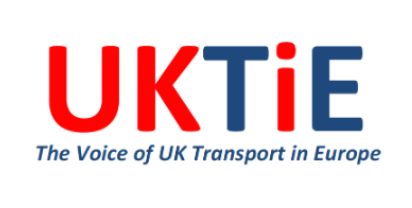Time-limit for receipt of tenders: 16/06/2011
Directive 2004/54/EC of the European Parliament and of the Council of 29 April 2004 on minimum safety requirements for tunnels in the trans-European road network specifies in Article 13(2) that:
“Member States shall ensure that, at national level, a detailed and well-defined methodology, corresponding to the best available practices, is used and shall inform the Commission of the methodology applied; the Commission shall make this information available in electronic form to other Member States.”
Furthermore, the Directive stipulates that if necessary, the Commission should make proposals for the adoption of a common harmonized risk analysis methodology. The World Road Association (PIARC) has already carried out work in this area (Risk analysis for road tunnels, by PIARC Technical Committee C3.3, document 2008R02, ISBN: 2-84060- 202-4, freely available at http://publications.piarc.org/en/search/detail.htm?publication=2232&solo).
Furthermore, PIARC is in the process of completing a second report on road tunnel risk analysis.
The work of PIARC should be completed by a study focusing on risk analysis methods used in Spain, Norway and Switzerland for their road tunnels.
Purpose of the contract
The main objective of the contract is to complete the information on risk analysis methodologies in Spain, Norway and Switzerland to facilitate the Commission work on preparing a report on the analyses and, if necessary, to draft proposals for common methods. The study must be carried out in such a way that in conjunction with the PIARC work it provides a coherent basis for further work by the Commission services. In particular, the study should be limited to analyze only the methodology used in Spain, Norway and Switzerland.
The study should cover at least, but not limited to, the following issues:
• Terminology and definitions used in the national methods
• Basic methodological approach
• The general range and limits of the analysis methodology; and in particular
• Suitability of the methodology for the different tasks and objectives enumerated in Annex I
to Directive 2004/54/EC;
• The results the methodology can provide, including quantitative and qualitave ones;
• Carrying out and evaluating a comparable case study.
Specifications – click here.
Tender invitation – click here.


No responses yet